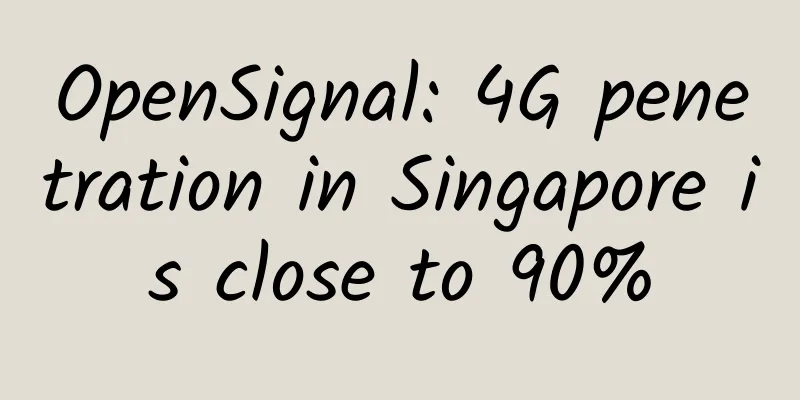The gains and losses of global industry giants' IoT ecosystem layout in 2015 from the perspective of patents
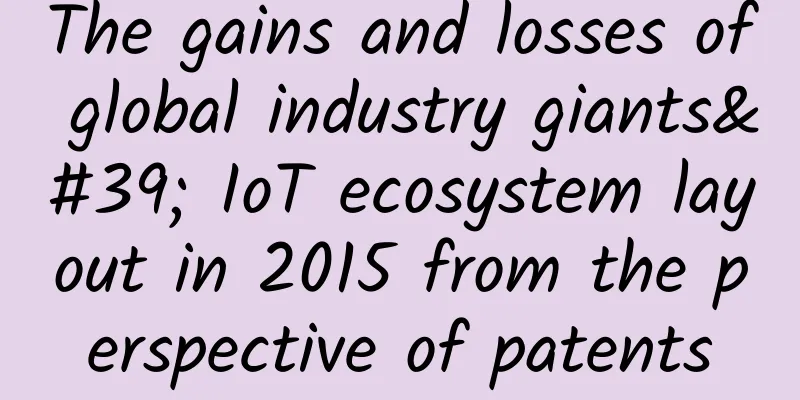
|
Goldman Sachs defines the Internet of Things as the third Internet revolution: through billions of connected devices, the Internet of Things will bring many new business opportunities and challenges to the world. According to McKinsey estimates, the market size of the Internet of Things will reach 6 trillion US dollars by 2025. According to statistics from Research and Markets (a market research organization headquartered in Ireland), there are more than 2,000 companies in the world engaged in Internet of Things-related businesses, some of which directly sell Internet of Things products, some play an important role in the development of Internet of Things technology , and some create new models for Internet of Things business. The business ecosystem consists of a group of business entities in a competitive and cooperative relationship, which jointly build a new value chain through innovation, thereby creating a new market. The application scope of the Internet of Things is extremely wide, covering smart homes, connected cars, online medical care, and commercial/industrial applications. Therefore, many IoT manufacturers span multiple industries, from semiconductors, consumer electronics, information technology, communications, health care, medical equipment, retail, industrial electronics and manufacturing to transportation, and can all participate in the construction of the IoT ecosystem. According to statistics on patent applications, important players in the IoT ecosystem include Samsung Electronics, Google, Toyota, Ford, General Motors, Philips, General Electric, IBM, Cisco and Ericsson. Samsung is the protagonist of the smart home market. Samsung ranks first in the number of patent applications in the field of smart home. More than 70 manufacturers around the world have applied for more than 400 smart home-related patents, and Samsung accounts for nearly 15%. Samsung's patents in this area are highly concentrated in the fields of home automation and security applications to support its "Samsung SmartThings" business. Samsung SmartThings is the first fully integrated smart home system that provides home automation and security services to make people's daily lives easier, more comfortable and safer. Recently, Samsung has also applied for many patents for home energy management and smart lighting, which is a prelude to Samsung's continued leadership in the smart home market in 2016. For example, patent numbered US20150330652 describes a temperature control method and device for heating, ventilation and air conditioning (HVAC) systems that can effectively save energy. The method controls the temperature by determining whether there is anyone in a certain space. When there is no one in a certain area, the temperature control device will determine whether to start the air conditioner in the area based on the probability distribution data of the unmanned period; if it detects that someone has entered the area, the temperature control device will determine the temperature the user wants based on the preset data, and then calculate the setback temperature, and adjust the temperature based on the setback temperature. Google (including Nest Labs) is another protagonist in the smart home field. Similar to Samsung, Google's patent applications in this field account for nearly 15%. Google's patents focus on energy and equipment management, and many of its recent patent applications focus on security monitoring (such as disaster monitoring, elderly care, etc.) and home security. For example, patent numbered US20150120598 describes an anti-theft parcel delivery system that receives express parcels from couriers and then stores the parcels in a safe place that both couriers and system users can trust. (Editor's note: How is this different from receiving express parcels at the property office of my community?) Google also has many patents in the field of health monitoring biomedical sensor devices. Health monitoring biomedical sensor devices can monitor a person's blood sugar, heart rate, blood pressure and other values in real time, and such devices make remote medical services possible. For example, patent numbered US20150164321 describes a device that can be placed on the surface of the eyeball to measure intraocular pressure. The device uses a transparent concave polymer material that can be placed on the surface of the cornea. The polymer material contains an antenna, an expandable member, a sensor and its control components. After the device is placed on the surface of the cornea, it will expand, thereby exerting pressure on the surface of the cornea. The sensor senses the reaction force generated by the deformation of the cornea by measuring the change in resistance. The intraocular pressure data can be obtained by measuring the change in resistance caused by the deformation of the cornea (very slight deformation, which should be able to recover after removing the device). Toyota, Ford and General Motors are the three main players in connected cars. The IoT car patents applied by these three companies cover application areas such as safety/collision avoidance, intelligent navigation, intelligent driving assistance, audio and video entertainment and autonomous driving. The research on connected cars in vehicle-to-vehicle (V2V) and vehicle-to-infrastruture (V2I) communication is also a focus. For example, in patent numbered US2014005906, Toyota describes a system that assists the driver in driving based on the predicted position of the vehicle and the moving trajectory of the vehicle in front. The dynamics of the vehicle in front are obtained through inter-vehicle communication. The system will greatly alleviate the driver's discomfort in severe congestion. Patent numbered US9031779 proposes an intelligent navigation system with anti-collision function. The system uses the vehicle network to collaborate with other devices to help the car deal with dangers, failures, obstacles, defects and other abnormal conditions in any environment. The system automatically detects dangers and obstacles in the driving environment, and then classifies and processes them according to the real-time situation, and finally completes the route planning. Automatic route planning can avoid the waste of time and economic losses caused by these dangerous conditions. Another example is the patent numbered US20150149088, in which Ford proposed an autonomous driving collision avoidance system. The system enables the autonomous vehicle to predict obstacles on its route, and when the system determines that a collision will occur, it will change the vehicle's route to avoid an accident. Philips is the leader in IoT healthcare applications. Philips and Amazon announced that they will jointly provide a new online healthcare platform. The online healthcare platform is based on Philips' could-based HealthSuite platform and Amazon's cloud service (Amazon Web Services, AWS) IoT platform. Philips' patents include healthcare IT systems, remote healthcare, human sensor networks, and preventive predictive healthcare applications. For example, patent numbered US8884754 describes a method for detecting the main parameters of a patient through a human body sensor network, which improves the communication speed between the human body sensor network and the non-contact human body monitoring device. Philips also has many patents in the field of smart lighting. General Electric is another leader in the application of IoT in health care (Editor's note: there are so many leaders and protagonists...). General Electric has also done a great job in the industrial Internet of Things. According to the Industrial Internet Insights Research Report by General Electric and Accenture, the industrial Internet, which combines the Internet of Things with big data analysis, will create huge business opportunities in many fields such as aerospace, oil and gas, transportation, energy and electricity, processing and manufacturing, healthcare, and mining. For example, patent US20150040051 proposes an industrial monitoring system that can monitor different mechanical equipment and systems, and patent US20150032464 describes an automatic diagnosis and treatment system that can analyze the patient's condition and provide customized treatment plans based on information obtained from sensors worn by the patient and his or her medical history. General Electric also has many patents in smart lighting. IBM is a leader in IoT data analysis. IBM plans to invest more than $3 billion in the development of IoT business in the next four years. Predictive analysis is to infer the development trend of things based on current and historical data. Predictive analysis can be applied to a variety of IoT application scenarios, such as real-time asset management and maintenance status prediction of industrial equipment. For example, patent US20140236650 describes a cost-saving end-to-end asset management method that achieves cost savings by analyzing asset management processes and improving maintenance operations (e.g., planning, prevention, maintenance, and operating parameter control). As the data collected by sensors becomes larger and larger, IoT big data analysis becomes more and more important. Patent US20150134704 proposes a method for real-time processing of large-scale loose data. Cisco is the leader in network connectivity in the IoT ecosystem. Recently, Cisco and Ericsson announced a strategic partnership to jointly create the future of network technology. In terms of IoT network connectivity applications, Cisco has applied for more than 100 patents, mainly involving intelligent automatic IoT for machine learning (ML, editor: Oh), predictive analysis of IoT networks, deterministic networking for smart grids, and fog computing (compared to cloud computing , fog computing's computing power is more distributed toward terminals. Terminals and sub-nodes will have more computing, storage, communication and configuration functions, reducing the computing burden of cloud computing data centers. Editor's note: I directly translated it into haze computing when I saw it at first sight...). For example, patent US20150195216 describes a method of using machine learning to predict channel behavior, and then the multi-hopping network system can select an appropriate transmission strategy based on the prediction results. Patent US20150333992 proposes an application of predictive analysis to manage network facilities of the Internet of Things. Billions of connected devices connected to the Internet of Things will generate astronomical amounts of data to be processed, which can easily exhaust the computing resources of the back-end IT system responsible for cloud computing. Using fog computing (or edge computing) to allow more IoT terminal smart devices to share the computing burden will greatly alleviate this situation. Patent US20150261876 describes a network environment that includes multiple fog computing devices, each of which has an independent network connection. Cisco is also a leader in network connectivity in the IoT ecosystem (Editor's note: Fortunately, cows have two ears). Machine to Machine ( M2M ) refers to the communication between two machines (wired, wireless or both) without human intervention. Ericsson is developing a seamless machine to machine communication network with high-speed mobility and low latency. For example, patent US20150319771 proposes a method for low-cost machine-to-machine communication using IoT devices, which uses modern mobile communication standards but has very low power consumption. Patent US20150078327 describes a power consumption optimization method for transmission planning that can be used on machine-to-machine communication devices powered by energy harvesting. Patent US20150249901 proposes an architecture that enables machine-to-machine communication services through mobile networks. Ericsson is also developing IPv6 technology for low-power wireless personal area networks (IPv6 over Low power Wireless Personal Area Networks, or 6LoWPAN). 6LoWPAN is a series of standards developed by the Internet Engineering Task Force (IETF). By adding an adaptation layer and optimizing related protocols, IPv6 is more adaptable to low-power, low-data-rate wireless network environments consisting of simple embedded devices. Its ultimate goal is to use the 802.15.4 protocol to send and receive IPv6 packets. Tread, the IoT connection standard launched by Google, uses 6LoWPAN technology to connect smart home devices. Radio frequency devices using 6LoWPAN technology usually have to strike a balance between storage space/computing power, power consumption, and radio frequency transmission distance. It is a big challenge for low-power IoT devices to support 6LoWPAN functions, and it will be even more challenging to implement advanced IPv6 protocols. Ericsson's patent numbered US20150245332 describes such a system, which builds a network that supports the 6LoWPAN protocol. Low-power IoT devices with 6LoWPAN functions can communicate in the 6LoWPAN format. |
<<: ZIVOO intends to build the smart home 3.0 era with the help of smart gateway
>>: TLV Partner: Israel IoT Startup Map 2015
Recommend
How to make information flow video ads more efficient?
Some advertisers have already reaped the benefits...
Electric Technology Car News: What is the charm of the Mercedes-Benz G series with only 99 units sold?
In the long history of automobile development, the...
More than 300 expressions! Cats are not as cool as you think
Science and Technology Daily, Beijing, November 1...
How to prevent violations during live broadcasts?
Live streaming , using direct narration instead o...
Xbox One Chinese pricing criticized: Microsoft lacks sincerity
After 14 years of waiting, Xbox finally unveiled i...
7 Strategies to Optimize Banner Ad Revenue
For publishers to maximize profits, banner ads ne...
My thoughts after reading two articles about database, MVC and React
[[145451]] Two articles I read two articles today...
Another mysterious "aliens" has visited Earth! It's visible to the naked eye!
Following Comet Neowise in 2020 and Comet Leonard...
Garden seedlings mini program development function, how much does it cost to develop a garden seedlings mini program?
Nowadays, people's awareness of environmental ...
Growth activity promotion matrix for online education!
Online education has developed rapidly in 2020 an...
Things about Android application hardening
Labs Guide As people become more and more depende...
Planning and promotion: an advanced guide to planning! (recommended collection)
Most planners have heard of theories such as USP,...
As a programmer, these are the ten things you should invest in most
[[147577]] If you are already a very good program...
How to operate the lottery event in the live broadcast room!
Because public domain traffic is becoming increas...



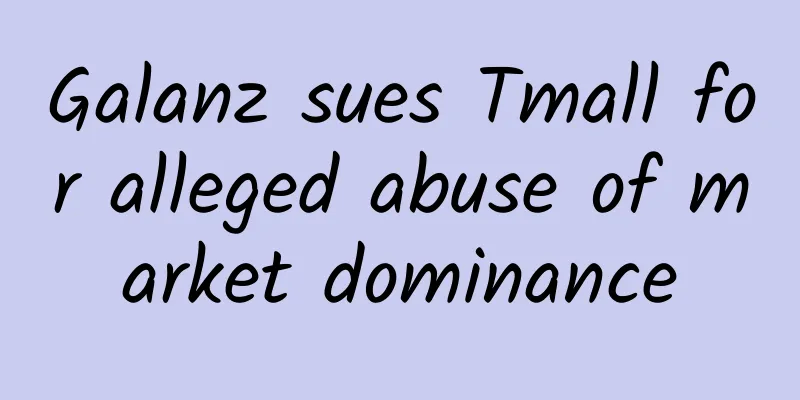

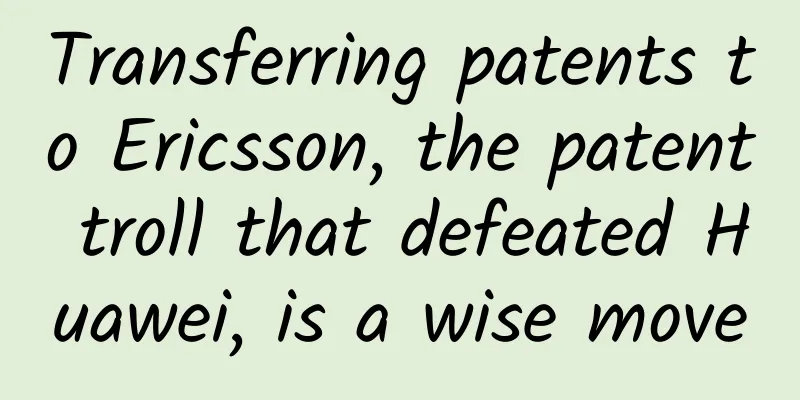

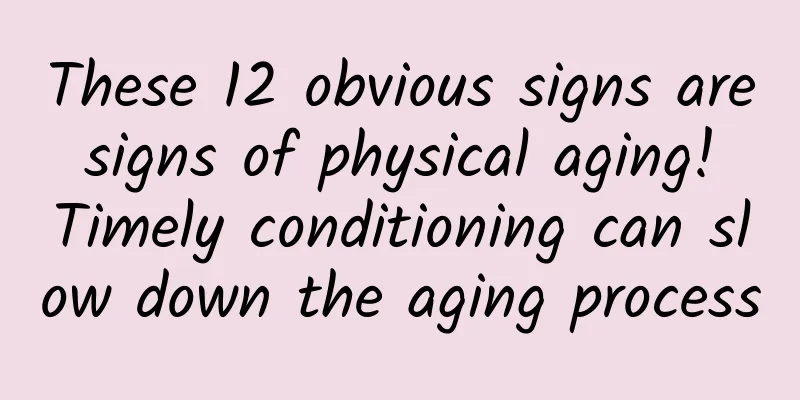
![[Smart Farmers] Rice field farming "Kaleidoscope": It turns out that these aquatic products can be grown in rice fields](/upload/images/67f233e303770.webp)
